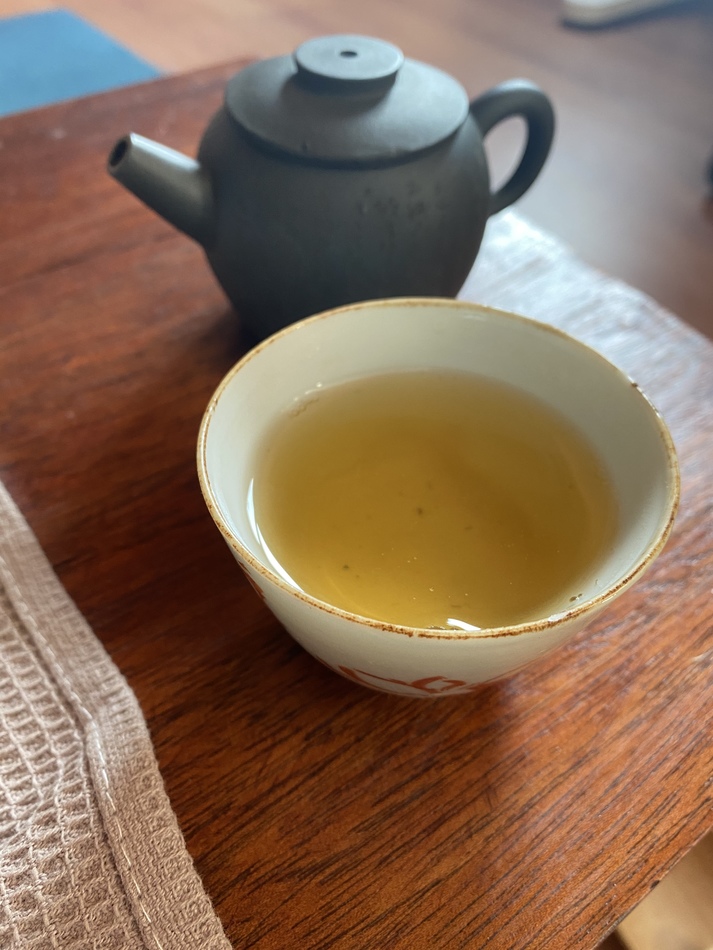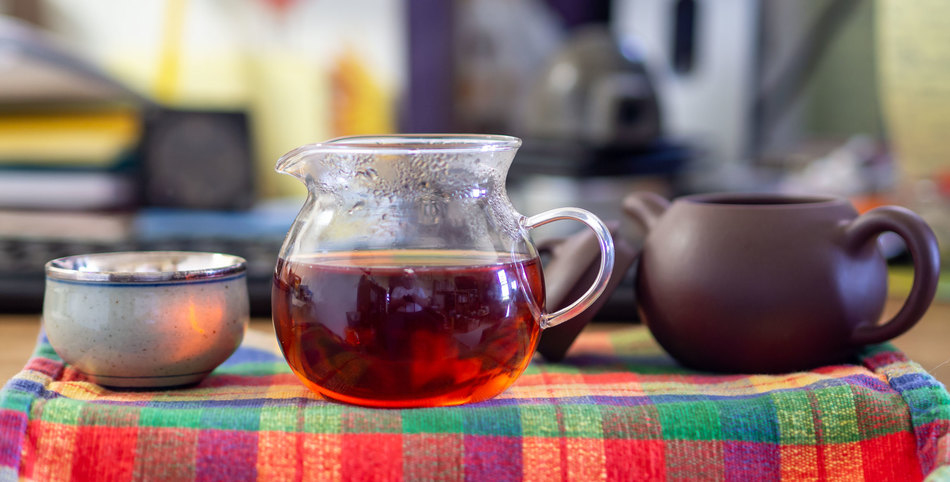Haha I was referring to the same Mangzhi I’ve been having the last few days…
I can make an exception for a Shuiping if it’s old enough and pretty…
Interesting how quite a few people do like to have Puerh in the morning. For me it is definitely an afternoon/evening tea, or after/during heavy meals.Tea Adventures wrote: ↑Sun Jun 06, 2021 2:06 amI’m having a 2019 sheng puerh from Ailao mountain. Supposedly from gushu tea trees. Nice and gentle tea and perfect to start a sunny Sunday.

Is it? The birth place of wet Puerh is always hot and sticky the whole year

Also depends on the weather. If it’s sunny and hot, something refreshing will do the trick...Bok wrote: ↑Wed Jun 09, 2021 3:23 amInteresting how quite a few people do like to have Puerh in the morning. For me it is definitely an afternoon/evening tea, or after/during heavy meals.Tea Adventures wrote: ↑Sun Jun 06, 2021 2:06 amI’m having a 2019 sheng puerh from Ailao mountain. Supposedly from gushu tea trees. Nice and gentle tea and perfect to start a sunny Sunday.

In the morning I mostly opt for hongcha.
Wow a young sheng can look that dark?Lucifigus wrote: ↑Fri Jun 11, 2021 12:46 pmI don’t know if Vietnamese “Sheng Style” tea qualifies as Puerh, (wine can only be called Champagne if it’s from…) but I’ll post anyway. A few months ago I ordered some tea from Hatvala, a Vietnamese vendor. One of the teas in the order was a loose leaf sheng style, “Forest Genie” from wild trees. Although I am not a big fan of young sheng, this tea hits a mark that makes it an attractive brew for me. It has a slightly forward balance of bitterness and astringency that seems to support the overall flavour profile. It suggests nice fruit aroma and flavour with a wondrous sweetness and spice notes on the tongue and through the finish. I find all the elements are in balance in a way that other (few) young shengs I have had do not demonstrate. Although it makes a very fine afternoon tea, I may try this in the morning instead of coffee.

In my opinion it should qualify as puerh, no matter what the chinese goverment says. If one considers puerh as a separate category of tea, and most people do, then tea that is processed the same way, comes from the "same" trees growing in the same wider geographical area and in the same ecosystem, must fall into the same category. Something else would be Yiwu puerh, for example. A puerh from the mountains just across the border from Yiwu could be "yiwuish" in character but won't be Yiwu. This is the analogy with Champagne or Cognac, neither of which is a category of alcoholic drinks (one is a sparkling wine, other is a brandy), but a product from a specific geographical denomination. Please excuse my rambling.